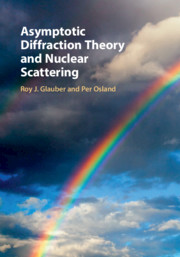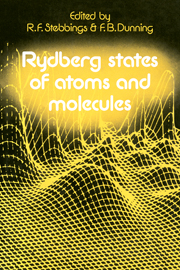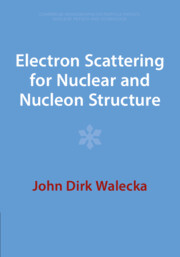Asymptotic Diffraction Theory and Nuclear Scattering
Scattering theory provides a framework for understanding the scattering of waves and particles. This book presents a simple physical picture of diffractive nuclear scattering in terms of semi-classical trajectories, illustrated throughout with examples and case studies. Trajectories in a complex impact parameter plane are discussed, and it stresses the importance of the analytical properties of the phase shift function in this complex impact plane in the asymptotic limit. Several new rainbow phenomena are also discussed and illustrated. Written by Nobel Prize winner Roy J. Glauber, and Per Osland, an expert in the field of particle physics, the book illustrates the transition from quantum to classical scattering, and provides a valuable resource for researchers using scattering theory in nuclear, particle, atomic and molecular physics.
- Provides a new description of nuclear scattering, offering physical insight for researchers interested in using scattering theory
- Contains numerous case studies and examples to introduce and illustrate concepts
- Has wide applications to fields other than nuclear physics, including quantum theory and applied mathematics
Product details
October 2019Adobe eBook Reader
9781108770477
0 pages
125 b/w illus. 1 table
This ISBN is for an eBook version which is distributed on our behalf by a third party.
Table of Contents
- Preface
- Acknowledgements
- List of abbreviations
- Part I. Introduction:
- 1. Overview and preview
- 2. Diffraction theory
- 3. Asymptotic diffraction theory
- 4. Two simple examples
- 5. Complex trajectories
- 6. Scattering from linear structures
- Part II. Various Radial Fall-Offs:
- 7. Gaussian edge
- 8. Exponential edge
- 9. Sharper edges
- 10. Analytic variations
- Part III. Composite Phase Functions:
- 11. Extended charges
- 12. Coulomb plus nuclear interactions
- 13. Smooth two-scale functions
- 14. Two Fermi functions
- 15. Different singularities
- 16. Summary
- Appendix A. Partial waves and phase shift function
- Appendix B. Iteration for stationary points
- References
- Index.




